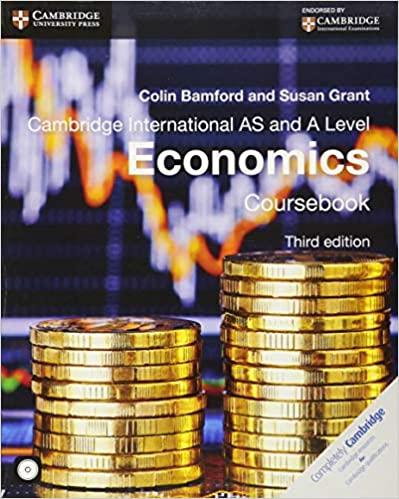Answered step by step
Verified Expert Solution
Question
1 Approved Answer
exercise 2 Exercise 1. (12 points) As we mentioned in class, a utility function U :X C 1R > R represents the preference relation 2

exercise 2

Step by Step Solution
There are 3 Steps involved in it
Step: 1

Get Instant Access to Expert-Tailored Solutions
See step-by-step solutions with expert insights and AI powered tools for academic success
Step: 2

Step: 3

Ace Your Homework with AI
Get the answers you need in no time with our AI-driven, step-by-step assistance
Get Started


